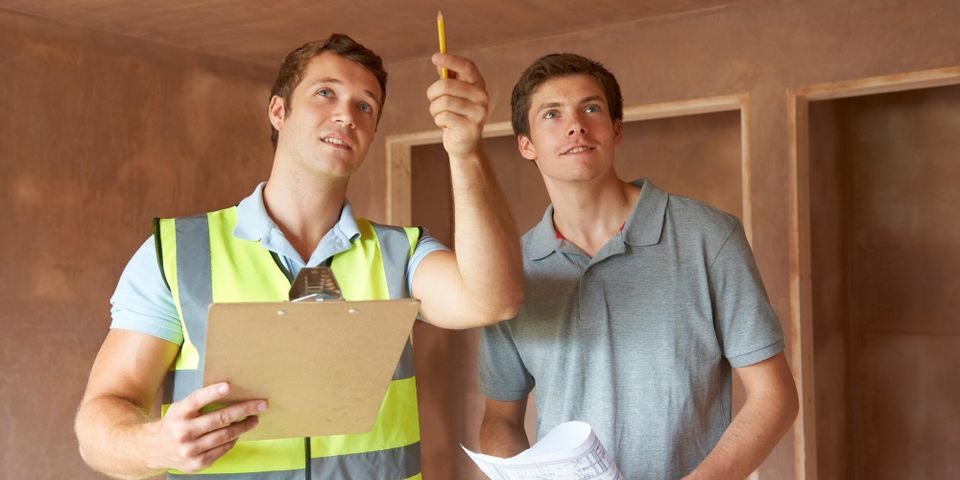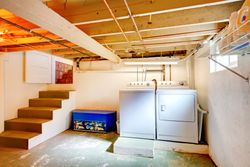3 Steps to Take if Your Home Has Radon

Radon is a type of colorless, odorless gas that rises from the ground. If the conditions are right, it can leak into a home, where it can pose a health threat to residents. However, if it turns out there is a high level of radon in your house, don’t panic. Usually, only long-term exposure can lead to lung cancer. Here’s what you should do if you find out that this gas is in your home.
What to Do If Your Home Has High Levels of Radon
1. Test Again
Even if you’ve already had a radon test that revealed high levels of the gas, schedule a second test. Gas levels are always changing, meaning you may have gotten a false positive. Once you have a second confirmation, you’ll know for sure that there’s a problem.
2. Install a Mitigation System
 Have a radon specialist install a machine for reducing and ultimately eliminating the gas in your home. A soil suction system is one of the more common methods. A pipe network collects any radon forming beneath the house and then funnels it outside and away.
Have a radon specialist install a machine for reducing and ultimately eliminating the gas in your home. A soil suction system is one of the more common methods. A pipe network collects any radon forming beneath the house and then funnels it outside and away.
3. Fortify Your Home
There are also some maintenance and construction techniques you can use to block radon from entering the home. Start by caulking any cracks in the foundation. It’s also worth looking into placing plastic or gravel sheeting below your flooring to block the rise of the gas into the home.
If you suspect there may be high levels of radon in your home, hire an elite inspection crew like Big Mountain Insulators in Whitefish, MT. Bringing over 42 years of experience, the EPA-certified and trained radon removal team will make your home safe again. To receive a free estimate, call (406) 862-5446 or contact them on their website.
About the Business
Have a question? Ask the experts!
Send your question

